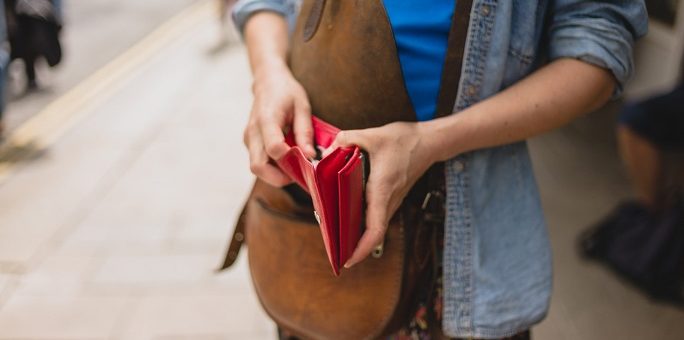Tips for Keeping an Emergency Cash Fund

With the convenience of using debit cards or mobile payment apps, it can be easy to forgo having cash altogether. But it’s a good idea to keep some cash on hand in case of an emergency.
In the aftermath of an emergency or a natural disaster, a power outage may render ATMs and credit card readers unable to process transactions. When this happens, stores and gas stations may accept cash as the only form of payment.
Cellphone service may also be interrupted, rendering you unable to pay via an app. Having cash on hand in an emergency may help ensure you’re able to buy food, gasoline or other needed supplies, according to Ready.gov.
How Much Cash Should You Keep on Hand?
The amount of cash you should have available is up to you. However, the American Red Cross suggests estimating how much money you and your family may need for at least three days if you are unable to return home or use an ATM. This amount is a good starting point for your cash fund.
Where Should You Store the Fund?
A large, fire=proof safe that is bolted to the floor can be one option for hiding your cash fund, according to the U.S. News and World Report. You can also consider hiding the fund in a not-so-obvious location like building a fake power outlet or a false return air vent in your home, adds the U.S. News and World Report.
How Can I Add Cash to the Fund?
Adding cash to this emergency fund doesn’t have to be difficult. You may want to consider setting money aside each month until you’ve reached your desired amount. You can also take change from everyday purchases, like lunch or gas, and add that money to your cash fund too. Lastly, if you notice a decrease in your utility bills for the month you could take the amount saved and use it for your cash fund.
Source: https://al.st/2Q7EwSK

